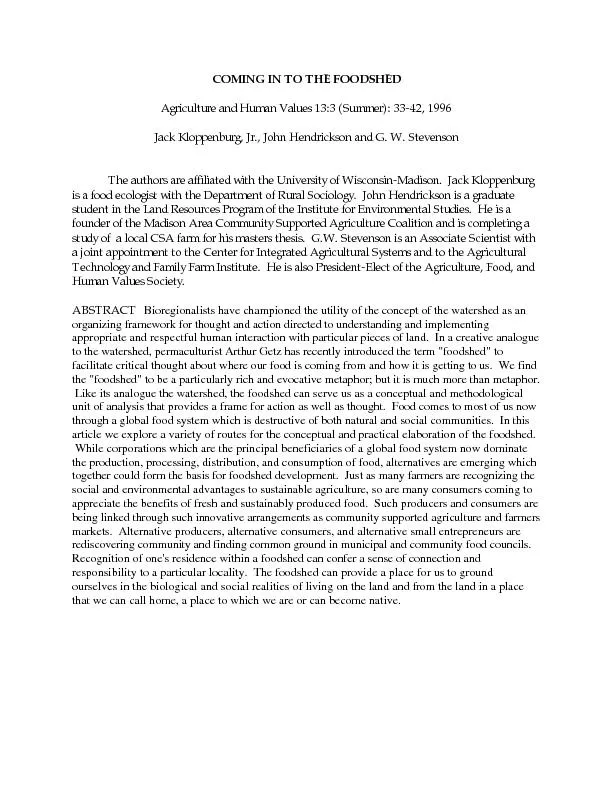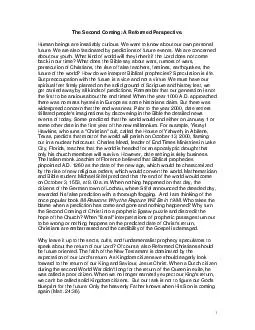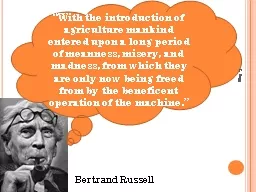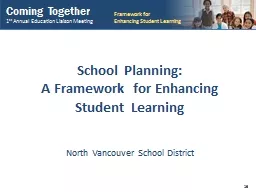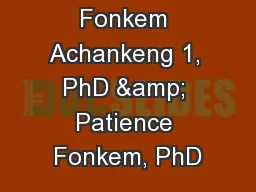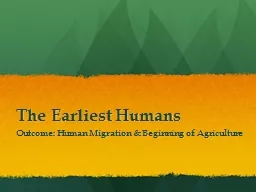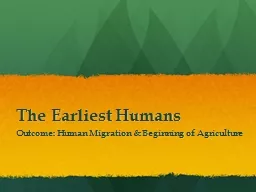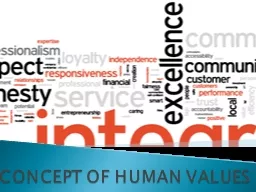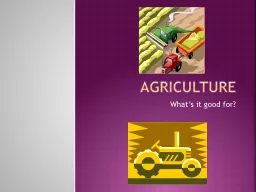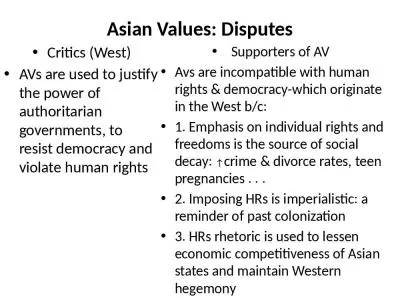PDF-COMING IN TO THE FOODSHED Agriculture and Human Values 13:3 (Summer)
Author : sherrill-nordquist | Published Date : 2016-05-21
2 to draw in our economic boundaries and shorten our supply lines so as to permit us literally to know where we are economically The closer we live to the ground
Presentation Embed Code
Download Presentation
Download Presentation The PPT/PDF document "COMING IN TO THE FOODSHED Agriculture ..." is the property of its rightful owner. Permission is granted to download and print the materials on this website for personal, non-commercial use only, and to display it on your personal computer provided you do not modify the materials and that you retain all copyright notices contained in the materials. By downloading content from our website, you accept the terms of this agreement.
COMING IN TO THE FOODSHED Agriculture and Human Values 13:3 (Summer): Transcript
Download Document
Here is the link to download the presentation.
"COMING IN TO THE FOODSHED Agriculture and Human Values 13:3 (Summer)"The content belongs to its owner. You may download and print it for personal use, without modification, and keep all copyright notices. By downloading, you agree to these terms.
Related Documents

